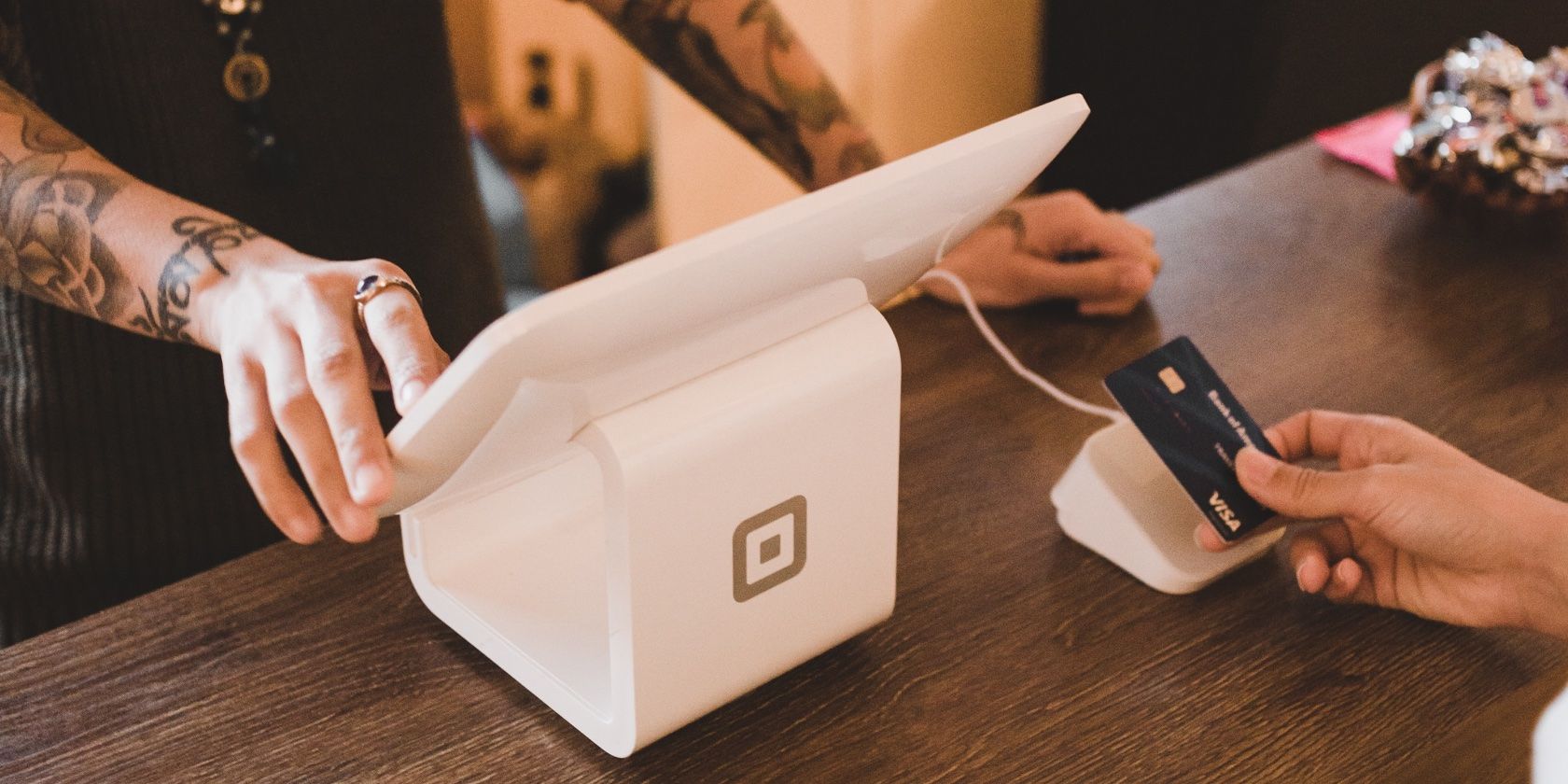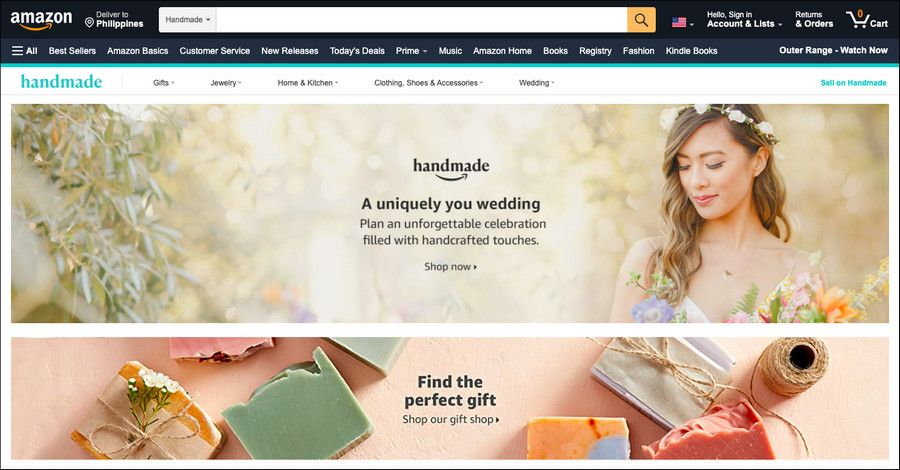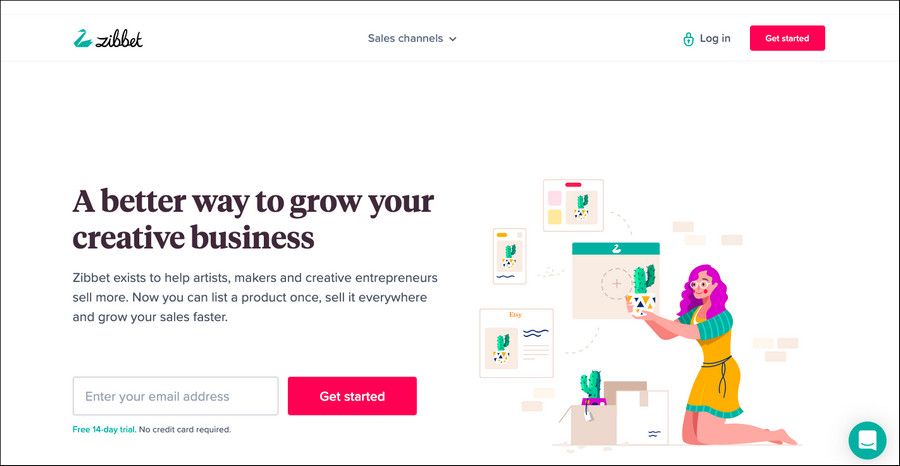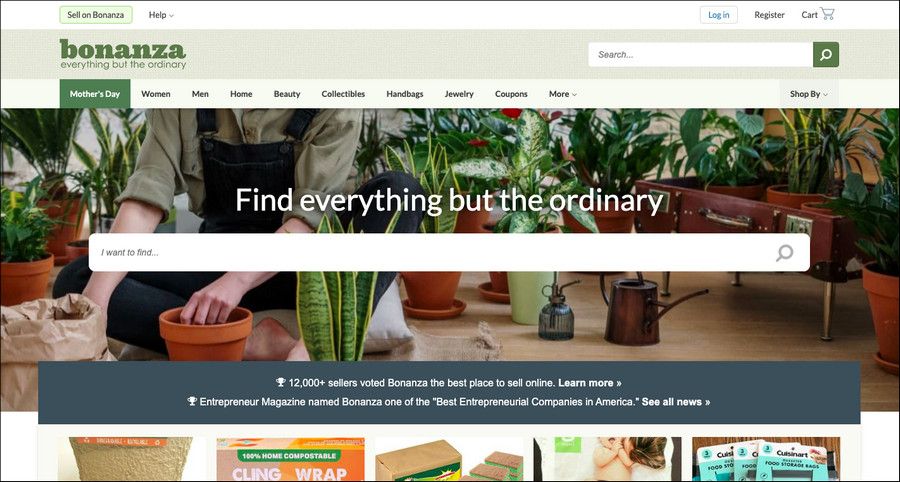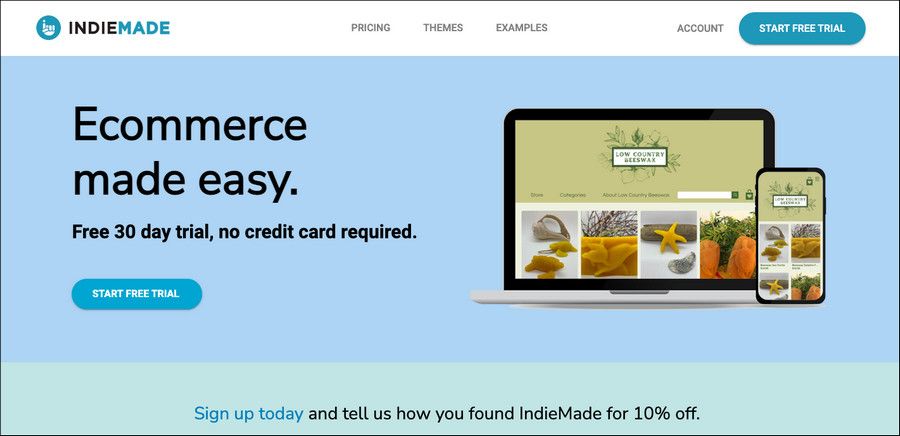Etsy is a well-established marketplace, with thousands of customers flocking to the site every day to buy unique pieces from sellers all over the world.
However, while it's one of the best platforms for selling handmade goods, you aren't limited to it. There are plenty of options for you to explore, whether you plan on building your own store or connecting with giant online marketplaces.
Let's see what are the five best Etsy alternatives for sellers that can help you boost your sales.
1. Shopify
Let’s get this out of the way first; Shopify is an e-commerce platform unlike Etsy, which is an online marketplace to sell your handmade items. What does this mean? It means you can create your own website, or, to put it better, an entirely separate online store to sell from, with Shopify. However, it is important to note that Shopify is different from WordPress in several ways.
Building your own website from scratch might sound intimidating if you are not a tech person, but Shopify offers several ready-to-use templates that you can use to make an online store. These templates can be customized with your brand images, texts, and logos.
However, since Shopify is not a marketplace full of customers looking for stuff to shop, you will have to build your own audience. While this gives you an opportunity to stand out in the crowd, it also means that to appear in the search results of browsers, you will have to pay lots of attention to marketing and e-commerce SEO.
Shopify does not charge a fee per listing, and the transaction fees are relatively lower than Etsy as well. You can choose from four paid plans, and if you are unsure whether Shopify is worth it, you can always make use of the 14-day free trial.
2. Amazon Handmade
Amazon Handmade is Etsy’s direct competitor, since it too has a diverse range of sellers that sell handmade items and buyers who specifically seek them out. The working of this platform is similar to that of Etsy (it is surprisingly a bit expensive, even though it is not as well known).
With Amazon Handmade, you get exposure to the 112 million Amazon Prime members looking for stuff to purchase, but, of course, it comes at a cost. You can choose between two plans: individual and professional.
The individual plan allows you to list less than 40 items, and the platform will charge you a fee of $0.99 for each item that you sell. On the other hand, the professional plan costs $39.99 per month and comes with other benefits such as ads.
If you want to be an Amazon Handmade seller, you must sign up for a premium account. Upon signing up, you can apply to become a Handmade seller and the monthly fee will be automatically waived.
A seller may pay anywhere from 6% to 45% of their products' selling price as sale-related fees, with an average of about 15%.
3. Zibbet
For those of you who wish to sell on multiple marketplaces (Etsy, Instagram, Facebook) and want to manage all the stores with a single platform, Zibbet might be the right alternative for you.
You manage everything from your product listings to sales and analytics using a single dashboard with this platform. If you want to create or update a listing, you can create one using Zibbet and the changes will automatically be made on all connected platforms. You can also import the listings, which eliminates the need to use third-party migration platforms.
It also allows you to create your own e-commerce website using a platform called Stitch. There are pre-existing themes, as well as options to add banners, store descriptions, and personal stories. Zibbet does not charge a transaction fee, but you will have to pay $6 for each channel connected. Currently, Zibbet allows you to connect and manage up to 5 channels.
4. Bonanza
Bonanza differs from other platforms in two ways:
- You can sell your handmade items on the marketplace and/or create and manage your own website like Shopify.
- The platform takes care of advertising for you in different places, especially on Google Shopping.
Bonanza, in one way, works similar to Etsy and Amazon Handmade. You create a store, customize it, list different items, generate discount codes, and so on. However, this is not it. It also allows you to create your own website with a domain that you pay for on a monthly basis.
If you choose the first option, then Bonanza will charge you a 3.5% base transaction fee, which, surprisingly, is considerably less than other platforms of this nature. This transaction fee is just for the listings.
If you wish to try your luck with advertising, Bonanza will handle it for you for an additional 5.5%. It’s simple; the higher the transaction fee, the more money goes toward advertising. Your products will be featured in Google Shopping search results and on Bonanza’s featured page.
However, it is important to note that Bonanza is not as popular as Etsy, and is not limited to handmade items only. Moreover, the customization tools it offers for the websites are not as vast as its other competitors like Shopify.
5. IndieMade
IndieMade is a platform that allows users to test and use another platform without leaving their Etsy stores.
With IndieMade, you can create your own website with a blog, and then connect your Etsy account to it if you wish to continue buying and selling on Etsy as well for an extra $14.95 per month or higher.
However, like most other alternatives, you will have to build your own traffic using e-commerce SEO and other marketing techniques. It is essential to note that the IndieMade sites are already SEO optimized, which will help you gain customers and engage them.
There are four paid plans with a free trial of 30 days, which you can use to decide if this is something you would like to continue using.
Kickstart Your Business With These Platforms
You now know about the best Etsy alternatives that can you try out, whether you want to switch to another selling platform or are just starting an online business.
However, before you get started on any of these platforms, it is a good idea to read through their policies and commission structures to avoid issues in the future.

